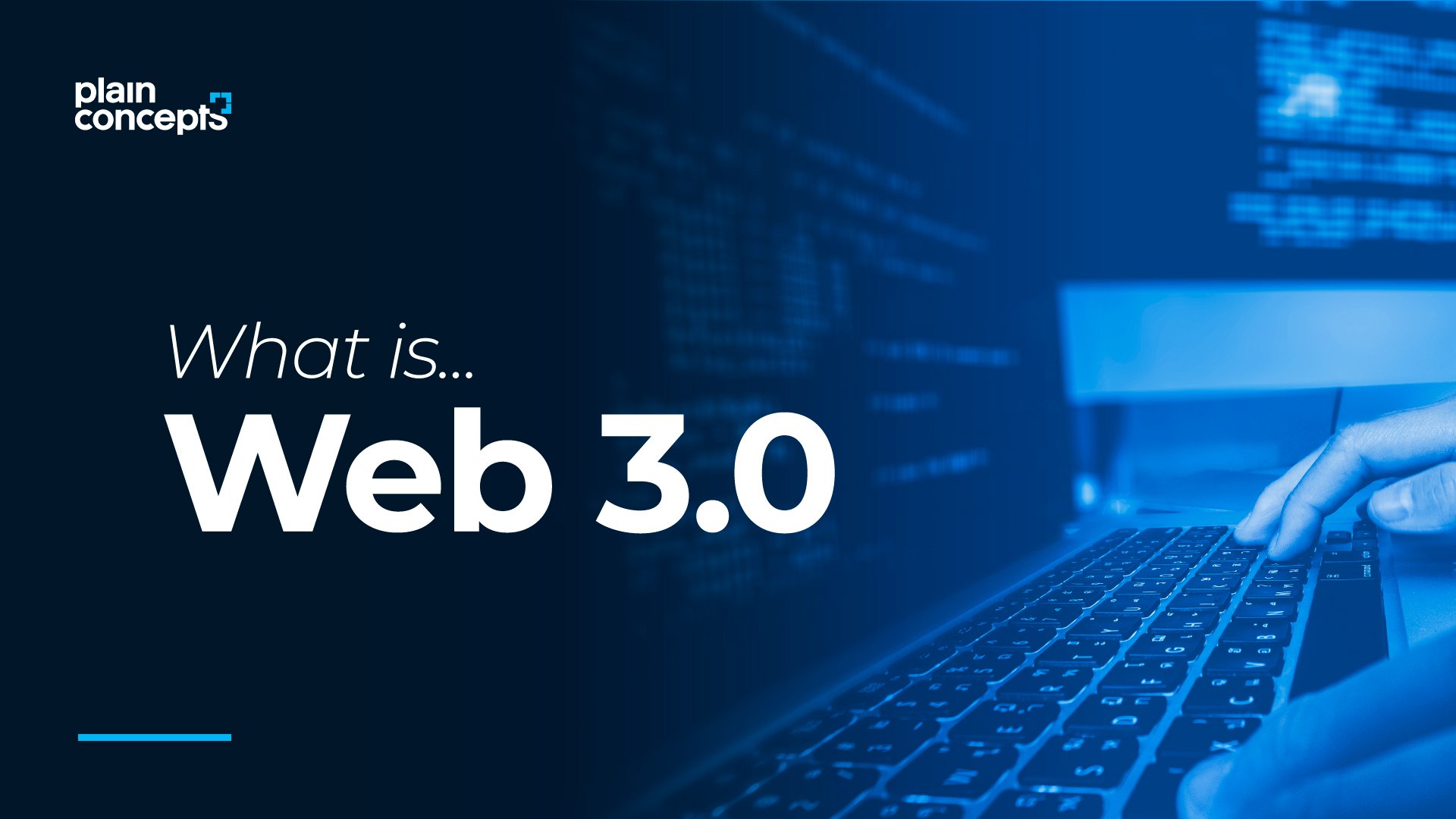Sportz Interactive office in Mumbai. Photo: Abhijit Bhatlekar/Mint
Companies are wedded to their workplaces, much in the way many office workers are married to their spouses. Let’s think about it. Most of us start dating as young adults, or we might be introduced to a series of potential spouses by our family members. (A few choose to simultaneously pursue both dating rituals, but that is less advisable).
Some find a life partner early on, while others have several relationships before they are ready to sign the dotted line, with the right person. Every so often, the marriage ends sooner than perhaps anticipated, and both parties go their own way.
Companies share a similar “mating ritual” with their workplaces. Start-ups like to rent offices, not buy them, when they begin life. They move in and out of spaces, over their adolescent years. They grow upwards, sideways and even downwards. Eventually, they stabilize and identify their perfect home: a workplace with the right spatial configuration, location and budget. Once a company is wedded to a particular office, it tends to stay put. Even when it expands headcount, it is usually the offspring that moves to a new facility, not the mothership.
Of course, they are times when a workplace “divorce” is unavoidable, when a city mutates in a different direction. Witness the mass migration northwards of Mumbai’s financial sector, from its southern edge at Fort and Nariman Point to the gentrified business districts of Lower Parel and the Bandra Kurla Complex. But even when a company divorces itself from one workplace, it remarries another, physically and psychologically anchoring itself to a new sliver of land.
The marriage metaphor highlights two points. First, a workplace interior fitout is an infrequent phenomenon, and often the biggest source of capital expenditure for a company. Like any major one-time asset, e.g. buying jewellery for a wedding, there’s much less wastage and more happiness if you get the design right the first time.
The metaphor also illustrates the long-term challenge of keeping the “marriage” alive. Workplace air quality can become stale, as quickly as those clichéd husband-and-wife jokes. Companies and workplaces need to work just as hard as couples, to prevent monotony from taking over the relationship.
The answer lies in nurturing intangibles. A courtship might be consummated over tangibles—food, drink or travel—but marriages are held together by intangibles. Shared values, thoughts and emotions are invisible bonds between two spouses. These intangible assets are equally mirrored in the marriage between companies and their workplaces.
Intangible assets and tangible workplaces
Over the last decade, my writing in Mint has led me to examine the evolving relationship between companies, their workplaces, their leaders and their people. As I conducted my interviews, I discovered that chief executives and their companies rely heavily on tangible workplace infrastructure to augment four of their most intangible assets.
The primary purpose of a well-designed workplace is to nourish personal energy—individual comfort and well-being, to maximise employee potential and productivity. Next, workplaces are tools to build organisational capital, i.e. to strengthen and shape work cultures, structure and processes. Third, an office is a potent platform to communicate brand values. And finally, some progressive leaders have begun to think of workplaces as a resource to sustain the environment.
Workplace design can enhance these four intangible assets in five specific ways.
1. Invest in comfort and well-being to maximise productivity and potential
It is always astonishing how many companies aspire to be world class, but feel they cannot afford the basic essentials of a comfortable workplace: enough legroom for the average employee, ergonomic furniture, adequate light, ventilation and storage. So much so that when any company truly invests in its employees’ well-being, it is worth applauding.
When moving into a new corporate headquarters in Mumbai, Shikha Sharma, the managing director of Axis Bank Ltd, one of India’s largest private banks, provided each employee with an ergonomic chair, regardless of stature, “to demonstrate flatness and reduce the impact of hierarchy”, she said. The ₹45,000 Liberty chair (as it was priced at the time) from American manufacturer Humanscale expressed her commitment to prioritise employee comfort over other considerations.
Consumer apparel giant Adidas adopted global spatial standards when moving into their Indian headquarters in Gurugram, Haryana, with a generous square-foot-per-person ratio of over 200 sq. ft. “You see a lot of open spaces. Between desks you will see space. Between rows you will see space. Between one wing and another wing you will see space. Every floor has a nice breakout area. The overall theme is a very open, transparent office where people can connect,” said Arijit Sengupta, senior director of human resources.
Lighting can be an overlooked design essential. Pharmaceuticals multinational Johnson & Johnson installed adjustable, task-based lighting for each workstation in their Mumbai corporate headquarters, to promote individual well-being.
Storage is also another unforeseen workplace error. Cardboard boxes of product samples can pile up in highly visible areas such as the company reception because of inadequate storage provision. Adidas pre-empted this problem by turning storage into a design feature. Custom-built storage units were located adjacent to workstations to encourage team members to keep their marketing sample in check.
Companies are also beginning to be more attentive to individual health and wellness. Cafeterias with healthy food options and well-equipped gyms are excellent wellness measures. A centrally placed, well-maintained staircase is another time-tested design solution to keep employees moving. Other well-being amenities, such as on-site medical care and a crèche facility for young children, are becoming more popular among larger companies.
2. Collaborate to compete
Alignment, collaboration and getting employees to work together are by far the most significant premises underlining contemporary open-plan workplace design, but implementation remains contentious. A growing body of research points out that open-plan offices can be unproductive for employees, due to noise, distractions, constant interruptions and lack of privacy. Researchers suggest that companies should provide employees with opportunities for both “me” (i.e. individual) and “we” (i.e. group) spaces.
Some companies are listening. At the Indian headquarters of beverage company Coca-Cola, conventional “me” workspaces, such as cabins and workstations, occupy as much real estate as collaborative “we” spaces for group meetings.
These “we” spaces vary considerably in form and function. Formal spaces include enclosed meeting rooms or videoconferencing rooms. Informal “we” spaces are almost domestic in their look and feel. High-backed chairs, high tables with bar stools, and lounge chairs near vending machines, encourage employees to have spontaneous conversations.
Privacy, however, remains paramount, especially with the exodus of cabins. Competent interior designers are mindful to provide phone booths for private calls, with some prescribing as many as one phone booth for every 15 people, so that the entire office isn’t drowned in someone else’s loud phone calls.
Workplace collaboration is hinged on technology as much as it is on lounge chairs. Employees expect to be able to video-conference and share data with co-workers, as easily as they can Skype or FaceTime. Rattling around with cables to project content onto a screen is an anachronism. Forward-thinking companies are turning to a suite of collaborative software tools, to turn all meeting rooms into video-conference suites, and all mobiles into secure content-sharing devices.
3. Be agile and dynamic at work
The business environment may be volatile and dynamic, but workplaces have traditionally been perceived as physically static. Portable technology is now persuading companies to rethink offices as agile resources, turning to the concepts of flexible working and unassigned seating.
Multinational bank Credit Suisse’s facility in Eon, a commercial complex in eastern Pune, houses over 3,500 people who plug into an agile workspace every day. Teams are assigned specific “home zones”, which are their own work areas, but no individual member is an assigned desk or seat. An employee can choose a different desk every day, within the “home zone” or elsewhere in the facility, using plug-and-play mobile technology, based on smart access cards.
Each home zone is self-sufficient, with its own workstations, meetings rooms, printers, lockers and quiet areas. If an open work area gets too noisy, employees can head to a “quiet zone”, where phone calls and conversations are prohibited. For a confidential phone call, there are phone booths. Meetings spaces come in all shapes and sizes.
Sit, stand or lounge—the choice is yours.
For the company, the practice of unassigned seating delivers immediate space-saving—only 3,000 seats have been provided for a headcount of 3,500 people, since the company observes that there will be never be 100% occupancy in the office. While the real estate savings are promising, agile working calls for a strategic investment in human resources as much as it does in technology, as it entails a profound cultural shift.
4. Office as brand ambassador
Brands tell stories, and the workplace allows us to experience them. The power of space as a narrative medium is beginning to manifest itself in corporate India.
At sporting goods firm Puma’s Indian operations in Bengaluru, the brand’s inherent joyfulness is expressed through a sporty and irreverent workspace, complete with slide and rock-climbing wall. This zesty spirit is mirrored in the Mumbai offices of Sportz Interactive, a digital content and technology solutions firm. A running track encircles long rows of open-plan workstations, the conference room has astroturf and sports memorabilia decorates every square inch of the compact space.
Media and entertainment conglomerate Viacom18 inventively employs graphic design to capture its brand values, with a witty, layered set of creative artworks that populate the walls, columns and stairwells of its newest office in Mumbai.
Designed for young millenials, these “cool” offices serve an energized, digital and vocal workforce. They also remind us that the physical environment can be an equally effective communication tool as a digital device, and much longer-lasting.
5. Sustain the environment
Buildings are silent but deadly assassins when it comes to environmental degradation, due to the magnitude of resources needed to construct, operate and maintain them. Although the green building movement has attracted many followers in India, and rating systems such as LEED (Leadership in Energy and Environmental Design) have become more popular, only a few companies seriously look to the environment to define their business approach.
Godrej One, the flagship headquarters of the diversified conglomerate, is a robust example. The building holds a platinum LEED rating, “which affects almost every part of the building’s planning, from the orientation of the building, to the design of the atrium to allow natural lighting to the greatest possible extent, to having solar panels on the roof”, says Pirojsha Godrej, managing director and chief executive officer of Godrej Properties, the group’s realty arm and developers of the office space.
For example, despite a large footprint, no employee is seated more than 25ft away from a window, which reduces electricity consumption.
Meher Pudumjee, chairperson of engineering company Thermax, personally embodies “green” values. For her, frugality is a mindset, a way of working and a physical state—the essence of sustainability. Hopefully, these voices will be less of a minority in the future.
Each of these intangible assets points to an over-arching one: purpose. When it comes to expressing company values, the design of an office building speaks much louder than any corporate mission statement. Without saying a word, it symbolizes how much a company values its intangible assets, and to what extent it is prepared to invest in them. A well-designed workplace is so much more than the chairman’s art collection or the obligatory startup foosball table.
[“Source-ndtv”]







